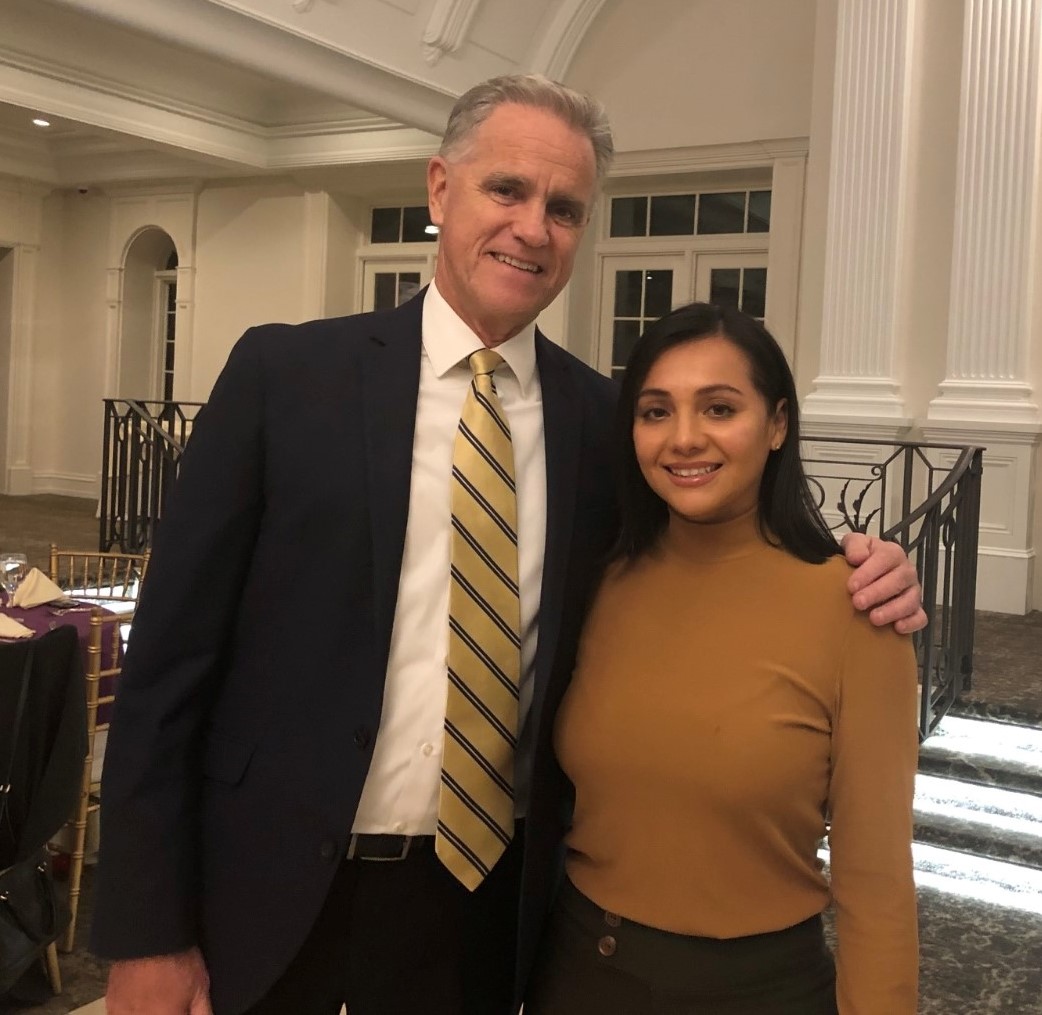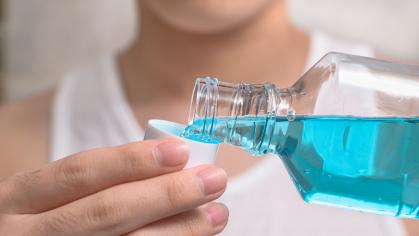Patients of a Special Program Receive Special Care
Since taking roots two years ago with the generosity of Howard Drew ’82, and his wife, Ina Drew, Holocaust Survivors Program (HSP) served a total of 46 Holocaust survivors at no cost. Of those, nine have completed their treatment, and 23 are still receiving care.
“We treat them in a special way,” said Carolina Vega, dental comprehensive care coordinator. “Holocaust survivors have been through so much, and it's the least we can do.”
Vega is the HSP patient navigator—a unique role specific to this program. She welcomes HSP patients to the school, walks them through the program, helps schedule their appointments, and assists with all their needs and questions.
 Clinical Associate Professor in the Department of Diagnostic Sciences John Moran (left) and Carolina Vega, dental comprehensive care coordinator and HSP patient navigator.
Clinical Associate Professor in the Department of Diagnostic Sciences John Moran (left) and Carolina Vega, dental comprehensive care coordinator and HSP patient navigator.
Another unique element of the program is that HSP patients receive streamlined care. “Time is of the essence because they're an older population,” said Vega, “and they haven't been able to enjoy many functions due to the condition of their teeth.”
With each patient, Vega has been developing one-on-one relationships.
“They all come with their own individual stories,” she said. “You hear of the Holocaust, you read books about it, you watch movies about it. As a Hispanic woman, I never thought in a million years I'd be part of something like this. It's actually a rewarding experience for me as well.”
It has also been a transforming experience for John Moran, clinical associate professor in the Department of Diagnostic Sciences. “When you're doing something for somebody, you're getting more back. I think that's what happens here,” he said.
Moran conducts HSP patients’ initial evaluation and then connects them with appropriate departments to start their treatment as well as assigns a student to their case. In the process, he has been learning more about the Holocaust.
“When you read about somebody's experience in a book or even watch a documentary on TV, that's one thing,” he said. “When you're getting to know a real live person and placing your hands in their mouth, … it takes it to another level. I think you really feel what their experience was like.”
He has also been getting positive feedback from the patients about the program. “They’ve come back and said that to us, ‘We feel very special when we're here,’ which is our goal,” he said. “Our goal, in addition to restoring their dentition, is to make them feel good about themselves.”
He attributes the program’s success to the collaboration across all RSDM departments.
“It's been nice to see everybody jump on board,” he said. “The faculty, I have to say too, has really stepped up.”



